Stir-fried eggplant, a beloved dish in many Asian cuisines, is a testament to the magic of simplicity. With its silky texture, smoky flavor, and ability to absorb aromatic seasonings, this humble vegetable transforms into a culinary masterpiece when cooked with precision and care. Whether you’re a seasoned home cook or a curious novice, mastering the art of stir-fried eggplant opens doors to a world of flavor—and this guide will walk you through every step, from selecting the freshest ingredients to achieving that coveted caramelized finish.
The Allure of Stir-Fried Eggplant
Eggplant, or aubergine, is a chameleon in the kitchen. Its spongy flesh soaks up flavors like a sponge, making it a canvas for bold seasonings like garlic, ginger, soy sauce, and chili. In Chinese cuisine, stir-fried eggplant (yuxiang qiezi) is a staple, prized for its balance of savory, tangy, and slightly sweet notes. The dish’s appeal lies in its versatility: it pairs beautifully with rice, noodles, or even as a standalone vegetarian main. But what truly elevates this dish is the technique—the high-heat cooking that chars the eggplant’s edges while keeping its interior tender, and the careful layering of flavors that make each bite unforgettable.
Ingredients: The Foundation of Flavor
To create restaurant-quality stir-fried eggplant at home, you’ll need a handpicked selection of ingredients. Each component plays a role in building depth and complexity:
- Eggplant: Opt for Chinese or Japanese eggplant, which have thinner skins and fewer seeds than their globe-shaped counterparts. Their delicate texture ensures a velvety finish.
- Aromatics: Fresh garlic, ginger, and scallions form the flavor backbone. Their pungent notes mellow during cooking, leaving a fragrant essence.
- Sauce Base: A blend of soy sauce, oyster sauce (or vegetarian stir-fry sauce), rice vinegar, and sugar creates the signature umami-rich glaze.
- Chili: Dried chili flakes or fresh red chilies add a gentle heat that cuts through the richness.
- Cornstarch: A pinch mixed with water thickens the sauce, ensuring it clings to every piece of eggplant.
- Oil: Neutral oil like vegetable or peanut oil withstands high heat without smoking.
- Optional Additions: Toasted sesame oil, black vinegar, or a sprinkle of sesame seeds can elevate the dish further.
Preparation: The Key to Perfect Texture
The secret to exceptional stir-fried eggplant begins before the wok hits the stove. Proper preparation ensures even cooking and prevents sogginess:
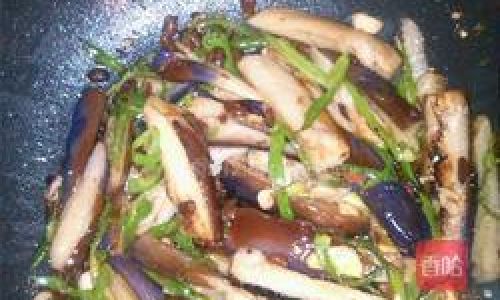
-
Salting the Eggplant (Optional but Recommended):
- Cut the eggplant into batons or bite-sized pieces.
- Toss with salt and let sit for 15–20 minutes. This draws out excess moisture, preventing the eggplant from absorbing too much oil during cooking.
- Rinse and pat dry thoroughly.
-
Mise en Place:
- Mince garlic and ginger finely.
- Slice scallions into 1-inch segments, separating whites and greens.
- Prepare the sauce by whisking together soy sauce, oyster sauce, vinegar, sugar, and cornstarch.
Cooking: The Dance of Fire and Flavor
Stir-frying is a high-energy technique that demands focus and speed. Follow these steps for wok-hei (the breath of the wok) perfection:
-
Heat the Wok:
Place a carbon-steel or cast-iron wok over high heat until it begins to smoke. Add a generous glug of oil and swirl to coat.
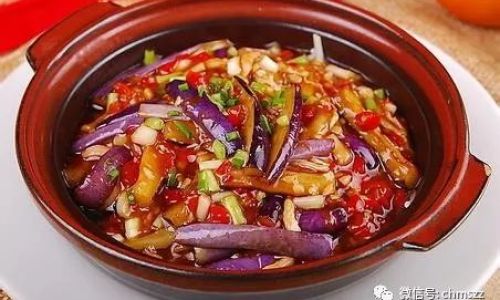
-
Sear the Eggplant:
- Add the eggplant in a single layer (cook in batches if necessary). Let it sear undisturbed for 2–3 minutes to develop color.
- Toss gently with a spatula, ensuring all sides are charred. The eggplant should soften but retain its shape.
-
Infuse Aromatics:
Push the eggplant to one side of the wok. Add a touch more oil, then toss in garlic, ginger, and chili flakes. Stir-fry for 30 seconds until fragrant.
-
Deglaze and Glaze:
- Pour in the sauce mixture, stirring vigorously to combine. The cornstarch will thicken the liquid into a glossy coating.
- Toss the eggplant in the sauce until every piece is glossy and caramelized.
-
Finish with Freshness:
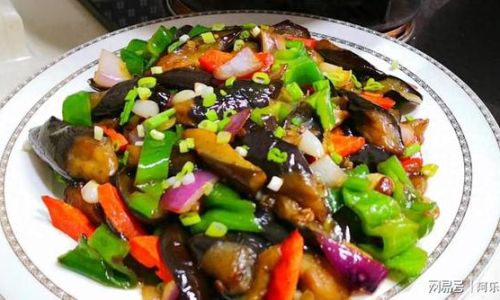
Add scallion greens and a drizzle of sesame oil (if using). Toss once more, then remove from heat immediately to prevent overcooking.
Serving Suggestions: Beyond the Basic Bowl
Stir-fried eggplant shines when paired with contrasting textures and flavors:
- Rice Companion: Serve over steamed jasmine rice to soak up every drop of sauce.
- Noodle Nest: Toss with chilled soba noodles and shredded cucumber for a refreshing twist.
- Lettuce Wraps: Spoon the eggplant into butter lettuce cups for a crunchy, low-carb appetizer.
- Garnish Game: A sprinkle of toasted sesame seeds, chopped cilantro, or crushed peanuts adds visual appeal and texture.
Variations and Customizations
The beauty of stir-fried eggplant lies in its adaptability. Experiment with these variations to suit your palate:
- Spicy Sichuan Style: Add doubanjiang (fermented chili bean paste) and Sichuan peppercorns for a numbing heat.
- Garlic Lover’s Edition: Double the garlic and finish with a handful of fried garlic chips.
- Meat Enhancement: Stir-fry ground pork or shrimp before adding the eggplant for a heartier dish.
- Vegan Delight: Substitute oyster sauce with mushroom-based stir-fry sauce and add diced tofu for protein.
Troubleshooting Common Pitfalls
Even seasoned cooks encounter hiccups. Here’s how to fix them:
- Soggy Eggplant: Ensure the wok is hot enough before adding the eggplant. Avoid overcrowding the pan, which lowers the temperature and steams the vegetable instead of searing it.
- Bland Flavor: Balance is key. If the dish tastes flat, add a splash of black vinegar or a pinch of sugar to brighten the flavors.
- Burnt Aromatics: Keep a close eye on garlic and ginger—they can burn quickly. Have all ingredients prepped and within arm’s reach.
The Science Behind the Sizzle
Understanding the culinary alchemy at play can elevate your stir-frying game:
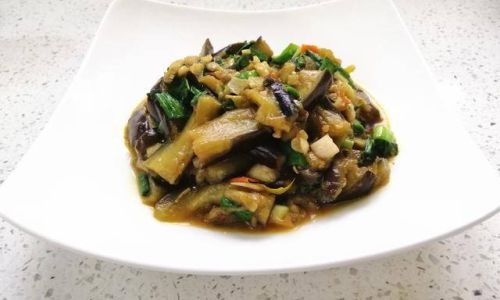
- Maillard Reaction: The high heat caramelizes the eggplant’s natural sugars, creating complex, toasty flavors.
- Emulsification: The cornstarch in the sauce acts as an emulsifier, binding the oil and liquid for a silky texture.
- Oil Temperature: A sufficiently hot wok (350–400°F) ensures quick cooking, preserving the eggplant’s texture and vibrant color.
Cultural Context: Eggplant in Global Cuisines
Eggplant’s journey from its birthplace in South Asia to kitchens worldwide is a story of adaptation and innovation:
- Chinese Cuisine: Beyond stir-fries, eggplant stars in dishes like yu-shiang eggplant (fish-fragrant eggplant) and di san xian (a trio of fried vegetables).
- Mediterranean Flavors: In Italy, eggplant is layered into melanzane parmigiana, while Turkish cuisine features karnıyarık (stuffed eggplant with ground meat).
- Middle Eastern Twists: Baba ganoush, a smoky eggplant dip, showcases the vegetable’s versatility in mezze platters.
Health Benefits: Nutrition Meets Nourishment
Beyond its culinary charm, eggplant is a nutritional powerhouse:
- Fiber-Rich: Aids digestion and promotes satiety.
- Antioxidant-Packed: Nasunin, found in eggplant skin, combats oxidative stress.
- Low-Calorie: A 1-cup serving contains just 20 calories, making it ideal for weight management.
Sustainability Tip: Seasonal and Local
Support local farmers by choosing eggplant in season (typically summer to early fall). Look for firm, glossy specimens with vibrant green stems. Avoid those with blemishes or soft spots, which indicate age.
Conclusion: The Joy of the Wok
Stir-fried eggplant is more than a dish—it’s a celebration of technique, tradition, and taste. From the sizzle of the wok to the first bite of tender, flavor-packed eggplant, this dish invites you to slow down, savor the moment, and appreciate the alchemy of simple ingredients transformed by fire and skill. Whether you’re cooking for a crowd or enjoying a quiet meal, mastering this recipe empowers you to create restaurant-quality magic in your own kitchen. So grab your wok, sharpen your knife, and let the eggplant’s humble charm steal the show.
Final Thought: The beauty of stir-fried eggplant lies in its ability to bridge cultures and cuisines. With practice, you’ll learn to adjust the seasonings, heat, and texture to suit your mood—because in the end, cooking is an art, and every wok tells a story.
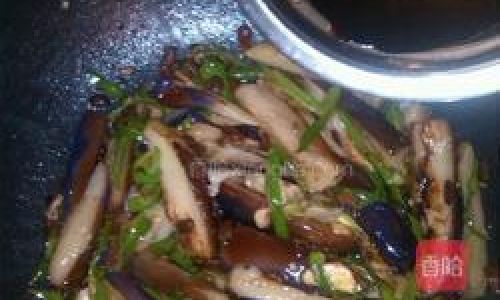
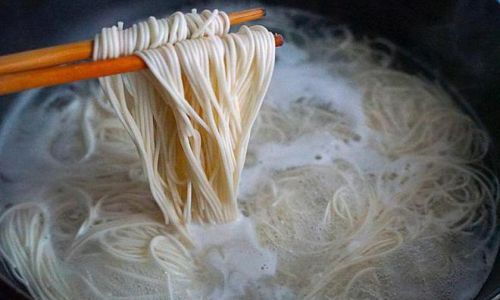
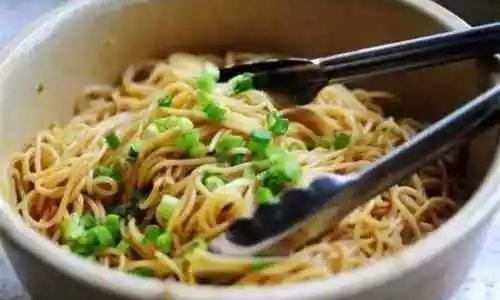
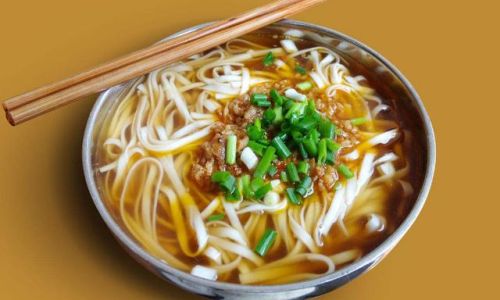
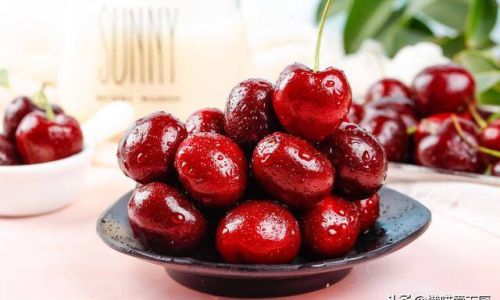
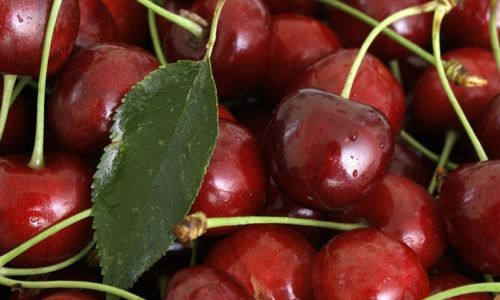

0 comments